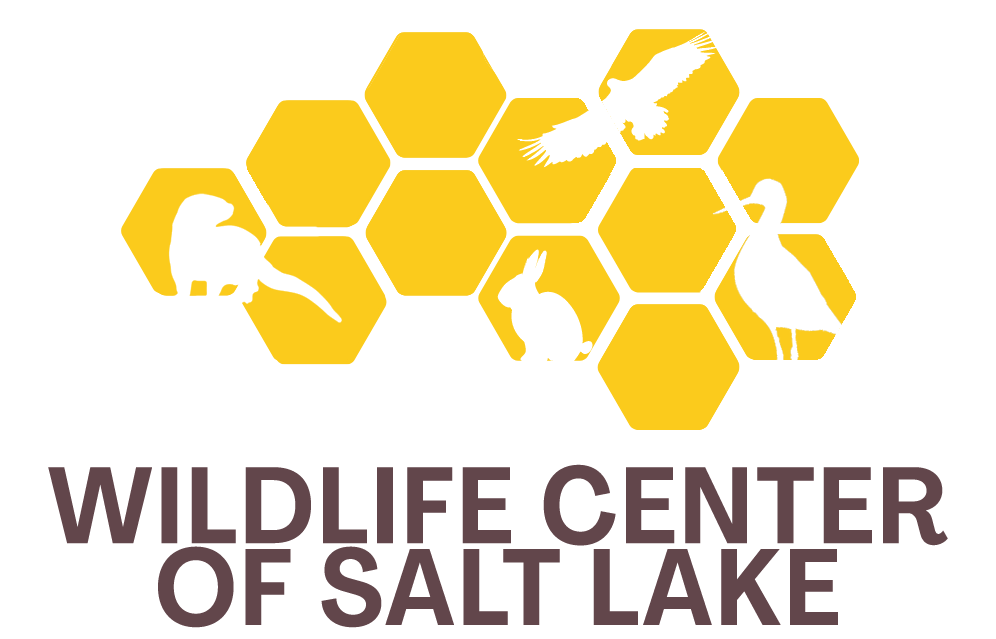
FAQ
Frequently Asked Questions
-
It depends! Wildlife Center of Salt Lake rehabilitates and releases wild, native Utah species. Birds such as European starlings, house sparrows, pigeons, and domestic ducks are not native species, and therefore are not our focus. We may be able to still help so please call us (801-800-1776) to find out if we are able to take the animal you have found.
-
If you found a domestic pet (domestic duck, chicken, dog, cat, ferret, banded pigeon, etc.) you should contact your local city-run animal services. If you found a wild animal and we are not open, or you believe there is another facility closer to you, please consult the Utah DWR list of wildlife rehabilitators for all the licensed locations in the state. Please note that if they are not on the UDWR website, they are not permitted.
-
There are strict federal and state laws governing the rehabilitation and release of native species. There are facilities in Utah that are operating without permitting and licensing. If the facility is not listed on the UDWR website, they are not legally allowed to take native species.
-
The staff and volunteers at Wildlife Center of Salt Lake have decades of professional animal experience, as well as secondary and continued education in the field. Additionally, it is illegal to rehabilitate native species without state and federal permits. Due to this, we strongly advise that general members of the public do not try to rehabilitate and release wild animals on their own. If you are interested in working directly with wild animals, Wildlife Center of Salt Lake runs a robust volunteer program, and welcomes anyone interested in the field of wildlife rehabilitation to join us. By joining us as a volunteer, you will receive the support and education to get wild animals back into the wild.
-
Every animal that is brought in to Wildlife Center of Salt Lake receives an evaluation by our veterinary staff and a plan is made for that animal. Our goal is to rehabilitate and release all the of animals that come into our center; however, if an animal is non-releasable, we try our best to find placement at other facilities such as a vetted rescue, sanctuary, or AZA-accredited zoo. Sometimes, an animal is injured beyond being able to have a good quality of life, and in those cases we are able to offer a humane and peaceful euthanasia.
-
Nearly all of our adult and some of our juvenile intakes will be released back to the same area in which they were found to be reunited with their group or family unit. There are some circumstances that releasing an animal back to the same location it was found would be inappropriate for the animal (for example, on the freeway after it was hit by a car, in a yard when it is a wetlands species, etc.) Every animal must pass a list of criteria and a significant amount of research is put into deciding where an animal is released, and many factors are taken into consideration such as individual, species, migration, cause of injury, group dynamics, natural habitat, etc.
-
To ensure the safety of you, the animal, and our staff, as well as to make sure the release goes well, we only allow our trained staff and volunteers to perform animal releases.
-
If you are interested in keeping the animal that you have found if it cannot be released, please submit a request at the time of drop off along with copies of your state COR and USFWS permits or proof of exemptions. If you do not have state and federal permits, we cannot legally give the animal back to you.
-
Yes, but you must request it through our updates program. Since we see over 2,000 animals a year, we are not able to notify every individual of the animals status daily.
